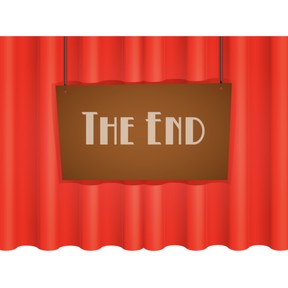
Provide a sense of closure in your narrative
I can write a conclusion that provides a sense of closure to a story.



8,000 schools use Gynzy
92,000 teachers use Gynzy
1,600,000 students use Gynzy
General
Students learn about different ways they can end their stories. They will learn different strategies and read various examples of effective story endings before thinking of their own.
Standards
CCSS.ELA-Literacy.W.1.3
CCSS.ELA-Literacy.W.2.3
Learning Objective
Students will be able to write narratives in which they provide a sense of closure.
Introduction
Begin by explaining what a conclusion is. Have students share their favorite endings to movies they’ve seen or stories that have read. Why were those good endings? Do all stories end ‘happily ever after’?
Instruction
Students use the pencil tool to check the good ideas for story endings. These include giving readers a sense of satisfaction, showing how the main character has changed, and explaining how a problem was solved. Then, they will draw a line to match the story ideas to their corresponding endings. Explain that endings shouldn’t be too quick or go on for too long. Have students read the silly endings and discuss ways to improve them. After this, go over some ideas for writing a good conclusion: feelings, main idea, lesson learned, hope or wish, and a final decision or action.
Quiz
Students respond to 10 questions which review key concepts taught during the lesson.
Closing
Read the story then have students respond to the questions and think of a good ending.
The online teaching platform for interactive whiteboards and displays in schools
Save time building lessons
Manage the classroom more efficiently
Increase student engagement
Discover more!
About Gynzy
Gynzy is an online teaching platform for interactive whiteboards and displays in schools.
With a focus on elementary education, Gynzy’s Whiteboard, digital tools, and activities make it easy for teachers to save time building lessons, increase student engagement, and make classroom management more efficient.



